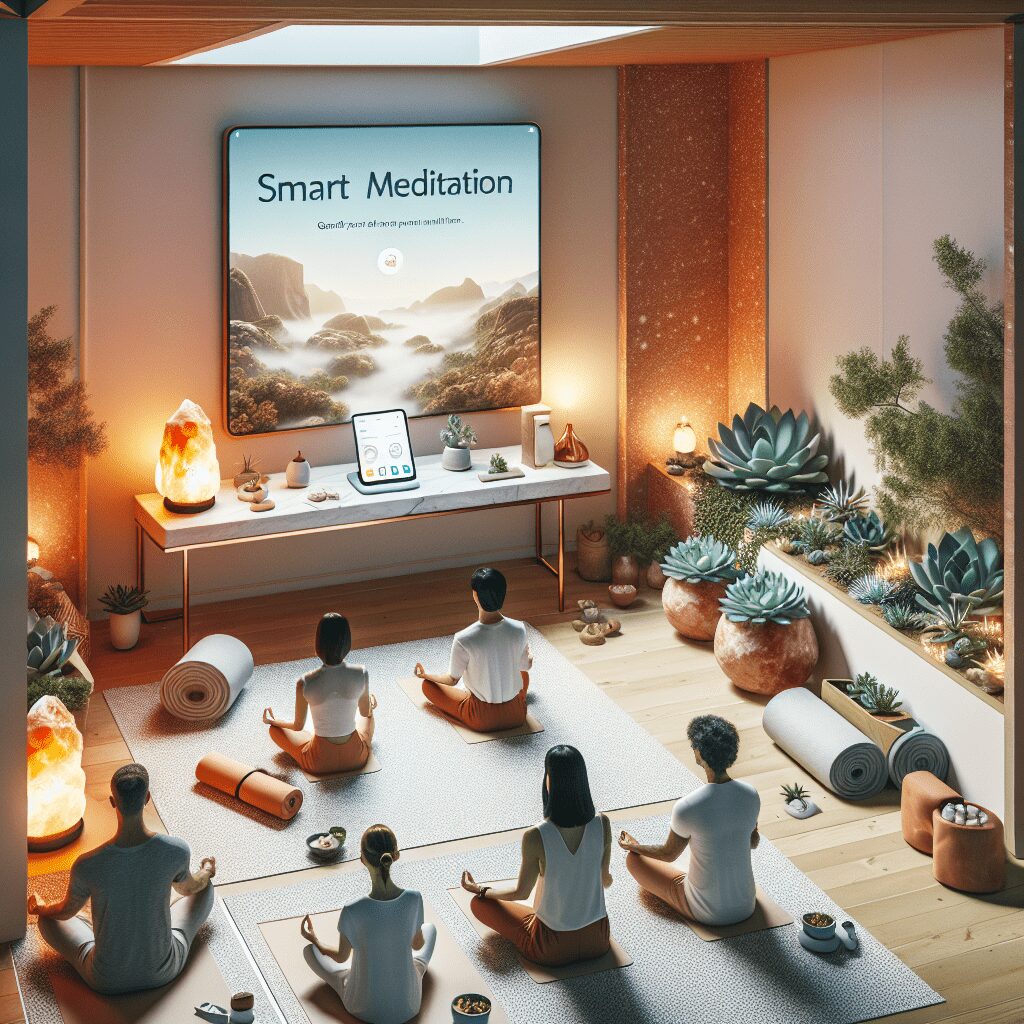
Prioritize your mental well-being daily. Enhance your life by nurturing your mental health with the Smart Meditation app. Break free from stress, alleviate anxiety, and enhance your sleep quality starting today.
Which Cultures Have Used Meditation?
Tracing the Roots: A Global Meditation Journey
In the whirlwind of the 21st-century lifestyle, meditation has emerged as a sanctuary for many seeking solace from the relentless pace of modern life. But far from being a contemporary fad, meditation is as ancient as civilization itself, with roots stretching across continents and cultures. Delve into the rich tapestry of traditions and discover how diverse cultures have embraced this timeless practice.
Ancient Civilizations and the Art of Inner Stillness
Meditation’s history is as varied as it is long, with each culture adding its unique flavor to the mix. Let’s embark on a quick tour around the globe:
1. The Serene Subcontinent: India’s Vedic Tradition
Starting from where it all began, India is often hailed as the cradle of meditation. The Vedas, written around 1500 BCE, are among the earliest texts describing meditation techniques. This profound tradition flowed through Hinduism with yogic practices, and Buddhism, where meditation is central to attaining enlightenment. The Buddha, born Siddhartha Gautama, famously attained enlightenment under the Bodhi tree through deep meditation. Fast forward a couple of thousand years, and these practices have spread worldwide, from Zen sessions in bustling cities to yoga studios in sleepy suburbs.
2. The Middle Kingdom: China’s Taoist and Buddhist Zen
Moving East, China’s contribution cannot be understated. The Taoist tradition of inner alchemy melded seamlessly with incoming Buddhist practices around the 6th century CE, giving rise to Chan Buddhism, better known in the West by its Japanese name, Zen. This form of meditation focuses on sitting in quiet contemplation to understand the nature of existence and the mind.
3. The Land of the Rising Sun: Japan’s Zazen and Kinhin
Japan took Chinese Chan Buddhism and distilled it into Zazen, a form of seated meditation, and Kinhin, meditation in motion. Practiced in Zen monasteries with stern discipline, these methods emphasize simplicity and mindfulness, influencing not just spirituality but also traditional arts and the Japanese way of life.
4. The Contemplative Middle East: Sufism’s Whirling Dervishes
Meanwhile, in the Middle Eastern lands, Sufism, the mystical branch of Islam, cultivated its own meditative practices. The Sufi Whirling, or Sema, is a form of active meditation leading to a state of ecstatic trance, aiming to reach a direct, personal experience of the divine. This practice reminds us that meditation is not always about stillness; it can be a dynamic, joyous celebration of life and spirituality.
5. The New World: Native American Vision Quests
Crossing into the Americas, the Native American tradition of vision quests stands out for its unique blend of meditation, nature, and rites of passage. Young individuals would venture into the wilderness, fasting and meditating for days, seeking spiritual guidance and visions to mark their transition into adulthood. These quests underscore a profound connection to the natural world as a source of wisdom and insight.
From Age-Old Traditions to Modern Adaptations
So, what can we glean from this whirlwind tour of meditation through the ages and across cultures?
First off, meditation isn’t a one-size-fits-all kind of deal—far from it. It’s a kaleidoscope of practices, reflecting the diversity of human experience and spirituality. What ties these varied traditions together is a universal quest for inner peace, self-understanding, and a deeper connection with the greater cosmos.
Secondly, in our hyper-connected, always-on world, these ancient practices are more relevant than ever. They offer a wellspring of wisdom for managing stress, fostering resilience, and finding balance in our lives. Whether it’s through mindfulness apps, weekend retreats, or simply taking a few moments to breathe deeply and center ourselves, integrating meditation into our daily routines can have profound benefits.
In essence, meditation, with its rich cultural tapestry, invites us on a journey inward—to explore the depths of our being and to emerge more grounded, compassionate, and attuned to the world around us. So, why not carve out a little quiet in your day and see where the journey takes you?





